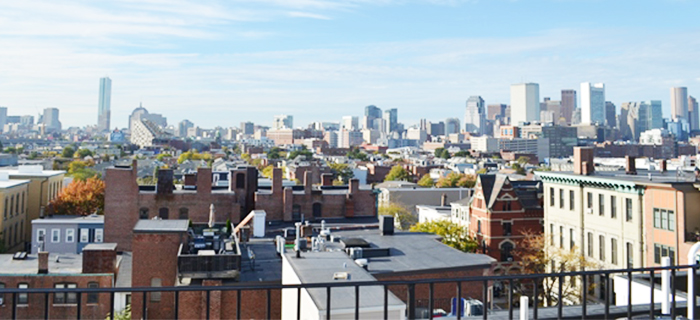Put in the simplest terms, a 1031 Exchange is a trade off. If the taxpayer sells their original property and pays the tax, they will wind up with more depreciation in the next property that they purchase because the basis from the original property did not shift over and reduce the basis in the new property as it would in a 1031 exchange. If the taxpayer had used a 1031 Exchange, the tax basis from the existing property shifts over to the new property and is increased by the difference in their values.
For Example:
Existing Property Sales Price …………………………. $550,000
Existing Property Tax Basis ……………………………. $230,000
Capital Gain + Depreciation Recapture …………. $320,000
New Property Purchase Price ………………………… $750,000
A 1031 Exchange will result in the new property having an adjusted tax basis of
$430,000 ($750,000 minus $320,000). Thus, the taxpayer will begin depreciating the property from $430,00 over the applicable depreciation period. If the taxpayer chooses not to use a 1031 Exchange, they will have a $750,000 tax basis, and will be depreciating from that amount. The taxpayer will then have higher depreciation deductions over time, but only at the significant cost of paying all the tax up front.
When a 1031 Exchange, the taxpayer has the use of the money that would normally be paid in tax to use towards the purchase of his new, “like-kind” property. This tax deferral will stay in effect until the property is sold, and even then tax will be due only if the taxpayer does not exchange that property another “like-kind” property through another 1031 Exchange. If the taxpayer holds onto the property until their death, their heirs will receive a step up in basis, which eliminates the deferred tax on the gain.




